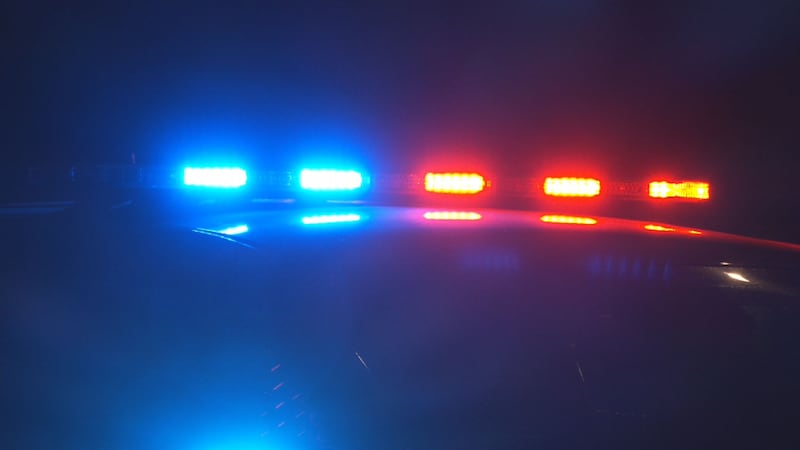In the wake of three people falling 30 feet from a Ferris wheel during a Port Townsend festival, some parents and fairgoers may wonder how they can tell if an amusement ride is safe.
As experts with Washington State’s Labor & Industries inspect amusement rides, scroll down below for a checklist to follow before you get on a ride.
What to know about the Ferris wheel incident: A 47-year-old mother, her 59-year-old partner and their 7-year-old son were on the Phoenix Ferris Wheel on Thursday night at the Rhododendron Festival. They all went to the hospital after falling off the ride.
Investigators found damage on the pod gate of the Ferris wheel, but they are still trying to determine how it was damaged. The state on Friday revoked Portland-based company Funtastic's permit for the ride. Read about the company's history here.
KIRO 7 does not know if the family took precautions as mentioned in the following list before getting on the ride.
L&I shared these steps for people to use in deciding whether to get on an amusement park ride, but the department said there is no fail-safe way to know for certain that a ride is safe.
Here’s what you should look for before getting on a ride:
Look for a decal that is posted within sight of the ride operator's station. The decal means the ride has been inspected and approved.
L&I issues an operating decal for a ride after receiving the final approved inspection report from an amusement-ride inspector and notice of current liability insurance coverage, which is $1 million.
L&I includes a disclaimer on its website, however, that reads, “But be aware — being inspected does not guarantee that the ride is being operated safely.” Scroll down to read more.
Observe how the ride is operated:
Fairgoers should ask themselves these questions before getting on a ride.
- Is the operator taking care to ensure that passengers are appropriately protected?
- Is the operator paying close attention when the ride is in motion?
- Is the operator observing restrictions about rider size?
Here’s what you should look for being getting on an inflatable ride:
Fairgoers and amusement park patrons should ask themselves these questions before getting on an inflatable ride:
- Is the operator strictly limiting the number of people on the ride at one time?
- Does the inflatable ride appear to be overloaded or unstable?
- Does the ride appear to be securely anchored?
- Could the blower inflating the ride accidentally be unplugged, causing the ride to collapse and possibly injuring the riders?
What’s the law around inspections?
By law, all amusement rides must be inspected at least once a year for mechanical and electrical safety.
In addition, electrical inspections are required each time an amusement ride is set up. These requirements cover both permanent rides, such as the wooden roller coaster at the Western Washington State Fair; portable rides that are set up temporarily at seasonal fairs and carnivals; and inflatable amusement structures in both public and private settings.
Annual safety inspections are done by private amusement-ride inspectors who are hired by the ride operator or their insurance company. L&I certifies these inspectors after they pass a competency exam or a test administered by the National Association of Amusement Ride Safety Officials.
Do inspections guarantee amusement rides will be accident free?
L&I writes on its website that while annual inspections are a safeguard, normal operating wear and tear or other unforeseen circumstances still may result in an accident.
Ultimately, the responsibility to maintain safe rides during the year is up to companies who oversee the rides.
L&I lists this reasoning on their website: “If safety became a widespread concern among customers and, as a result, ridership declined, they could go out of business. It's in the industry's own self-interest to keep its rides as safe as possible.”
If an accident does occur, L&I usually will suspend the ride's operating permit while inspectors look for the cause of the problem.
Cox Media Group





